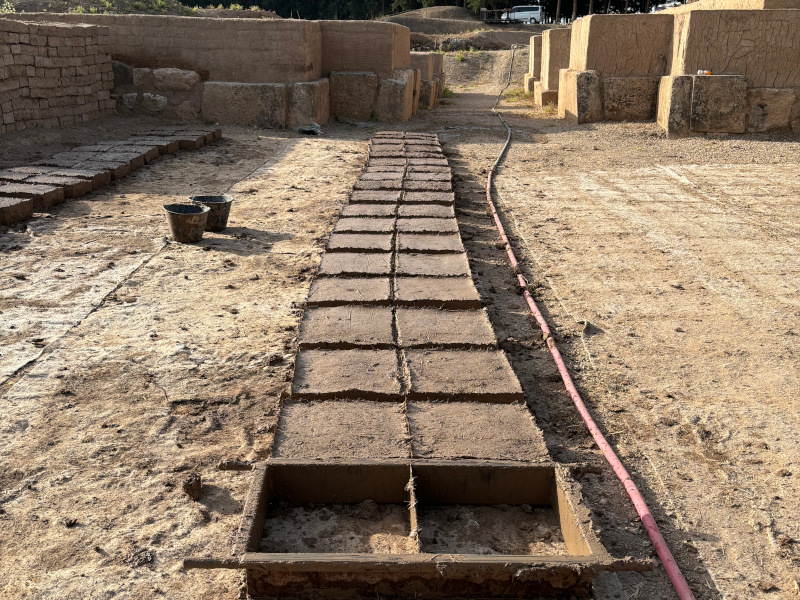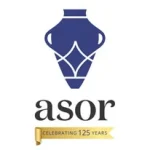
Construction: The Ancient Anatolian Way
Lauren Cook, 2024 BIPOC Scholarship Fieldwork Recipient
This summer, I had the opportunity to excavate for the first time at the site of Alalakh (Tell Atchana) in Hatay, Türkiye. Although I had obtained my masters in Archaeology back in 2021, I had not had the chance to participate in archaeological fieldwork at that time because of the COVID-19 pandemic. When I was accepted to excavate at Alalakh this July I could not wait for the project to begin, however, I was surprised by the unique and interesting work I got to be a part of there. Apart from our normal excavation project, my fellow colleagues and I got to be a part of an exciting and groundbreaking experimental archaeological initiative where we worked to reconstruct the site’s mudbrick walls and protect its ancient foundations.
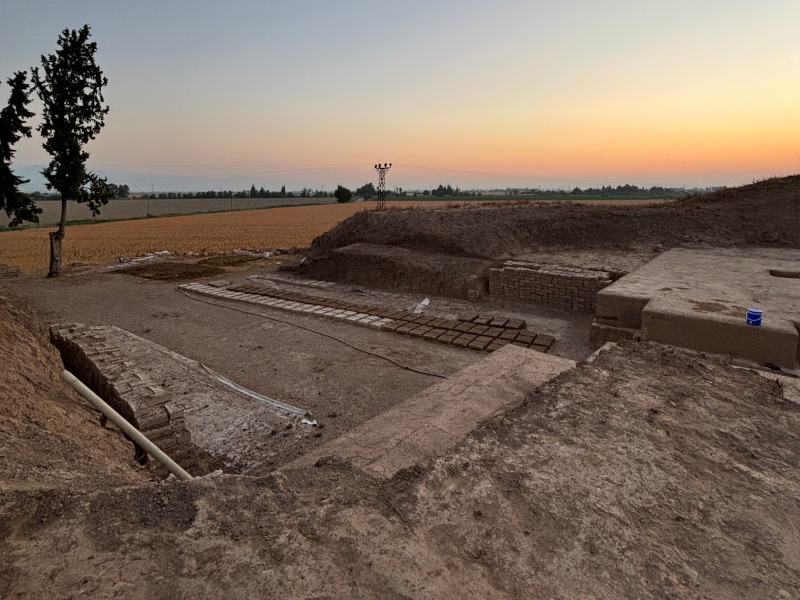
On my first day at the site Dr. Akar, our site director, stated that although one of our goals was to uncover the site’s mudbrick architecture; exposing the ancient mudbrick to the elements causes it to rapidly deteriorate. In order to preserve the site’s ancient foundation and to give visitors a better sense of what the site would have looked like in antiquity we would spend part of the summer’s excavation season creating mudbricks and reinforcing the site’s mudbrick walls using ancient building techniques.
To begin making a mudbrick wall you first need to create the mud bricks. Dr. Akar consulted with members of the local community on mud brick recipes, as up until relatively recently in the adjoining village of Tayfursökmen and the surrounding areas people where still building with mudbrick. However, the practice had sharply fallen out of favor, being replaced by more modern building techniques. The mud that we used was a mixture of soil, straw, and water which we would mix until it was wet and could hold shape. Working in pairs we would then throw the mud into brick shaped molds; the trick was to make sure that copious mud was packed into the corners as this gives the brick its stability. Once the molds were filled, my workmate and I, would remove the mold with one swift, fluid movement – leaving a mud cube behind. Then we would re-set and start the process all over again.

These bricks would be set aside to dry for at least a week before they would be utilized in the next stage of the process, construction. Water was the key ingredient in this step as it allowed us to adhere and secure the bricks to the foundations and to each other. We would wet the surface on which the bricks were to be set and add a substantial, but flattened layer of mud to act as an adhesive. We would then wet the bricks and carefully place them in the mud, adding layers of mud between them so that they would adhere. Finally, we would cover the newly created wall with a final layer of mud and leave it to dry. Once the wall had dried over several days, we would go back and add a final layer of mud in order to smooth and plaster the wall.
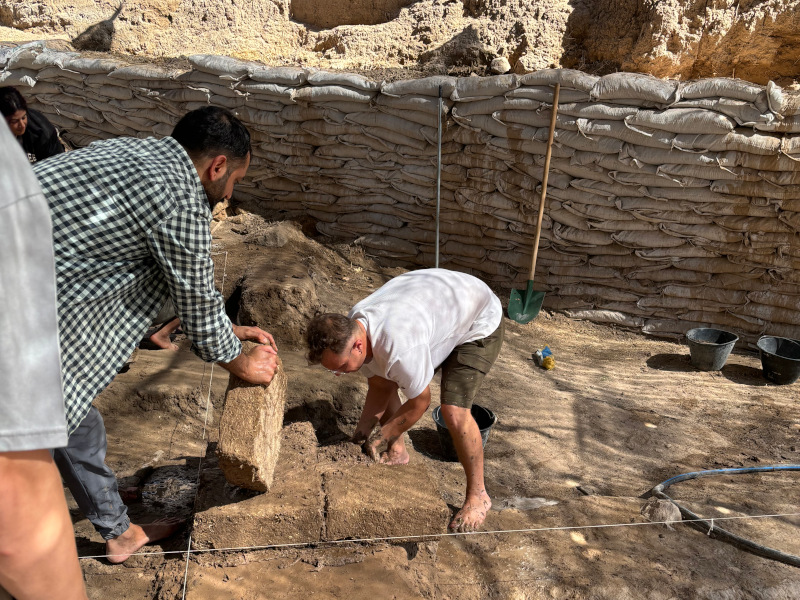
This was a messy and labor-intensive process to be sure and we would always end these days covered in mud from head-to-toe, but the days where we made mudbricks and built walls were also the most fun. Some of my best memories from Alalakh were when we would plaster the mudbrick walls while dancing to YMCA, or when the team would get into an inevitable mud fight! There was also something magical about the process of building as working with the mud would often transport us back to the Middle Bronze Age where we could see in real time the problems that ancient builders would have encountered, and following in their footsteps often used stones, ceramic fragments, water, mud, and straw as solutions. Once we were done with our work looking down at the freshly made walls from the top of the tell, I was often filled with a strong sense of pride knowing that these efforts would help to preserve the site for years to come.
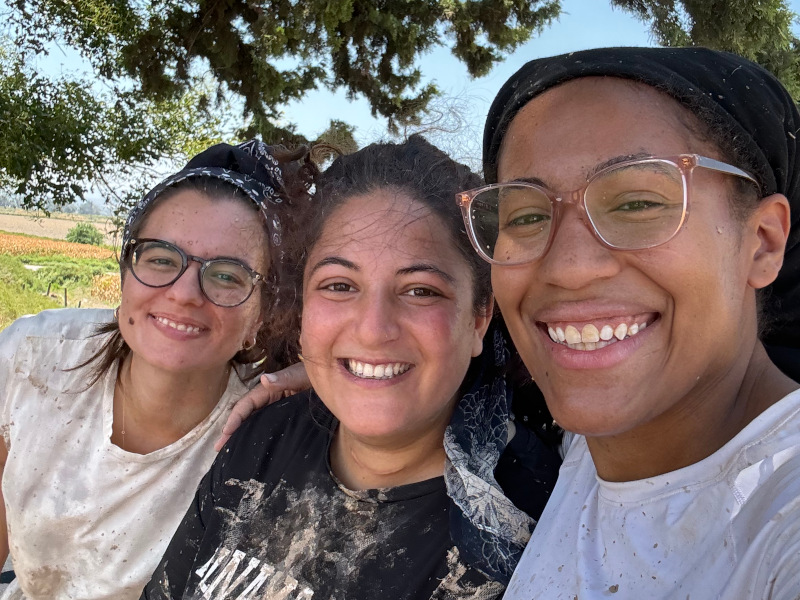
Lauren Cook is a Baltimore-based doctoral student studying Art History at Johns Hopkins University. She is interested in imperialism and alterity in Ancient West Asia. Lauren received a dual BA in Art History and Archaeology from Pitzer College as well as a MPHIL in Mesopotamian Archaeology from the University of Cambridge.
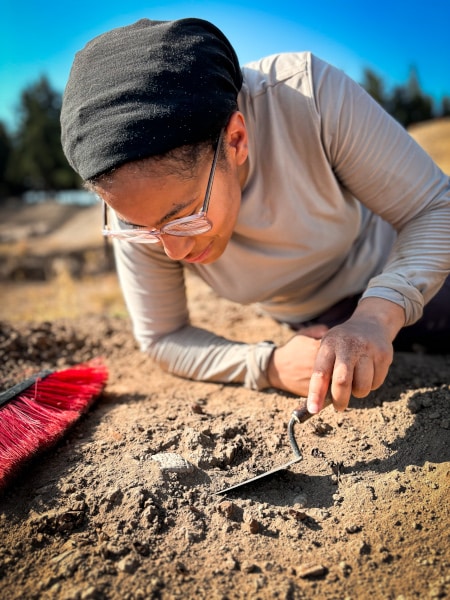
ASOR is now accepting applications for 2025 Fieldwork Participation Scholarships. Learn how to apply here.
Want to help more students and early career archaeologists get into the field? Donate to the cause today by selecting “Fieldwork Scholarships” as your gift purpose!
Latest Posts from @ASORResearch
Stay updated with the latest insights, photos, and news by following us on Instagram!
American Society of Overseas Research
The James F. Strange Center
209 Commerce Street
Alexandria, VA 22314
E-mail: info@asor.org
© 2025 ASOR
All rights reserved.
Images licensed under a Creative Commons Attribution-NonCommercial-ShareAlike 4.0 International License
